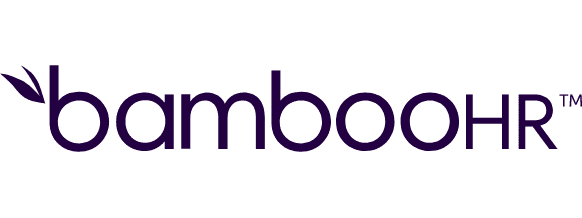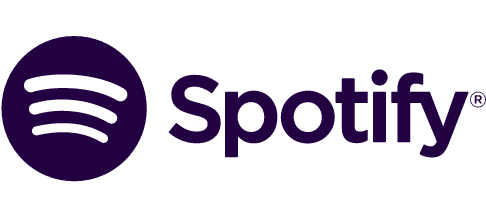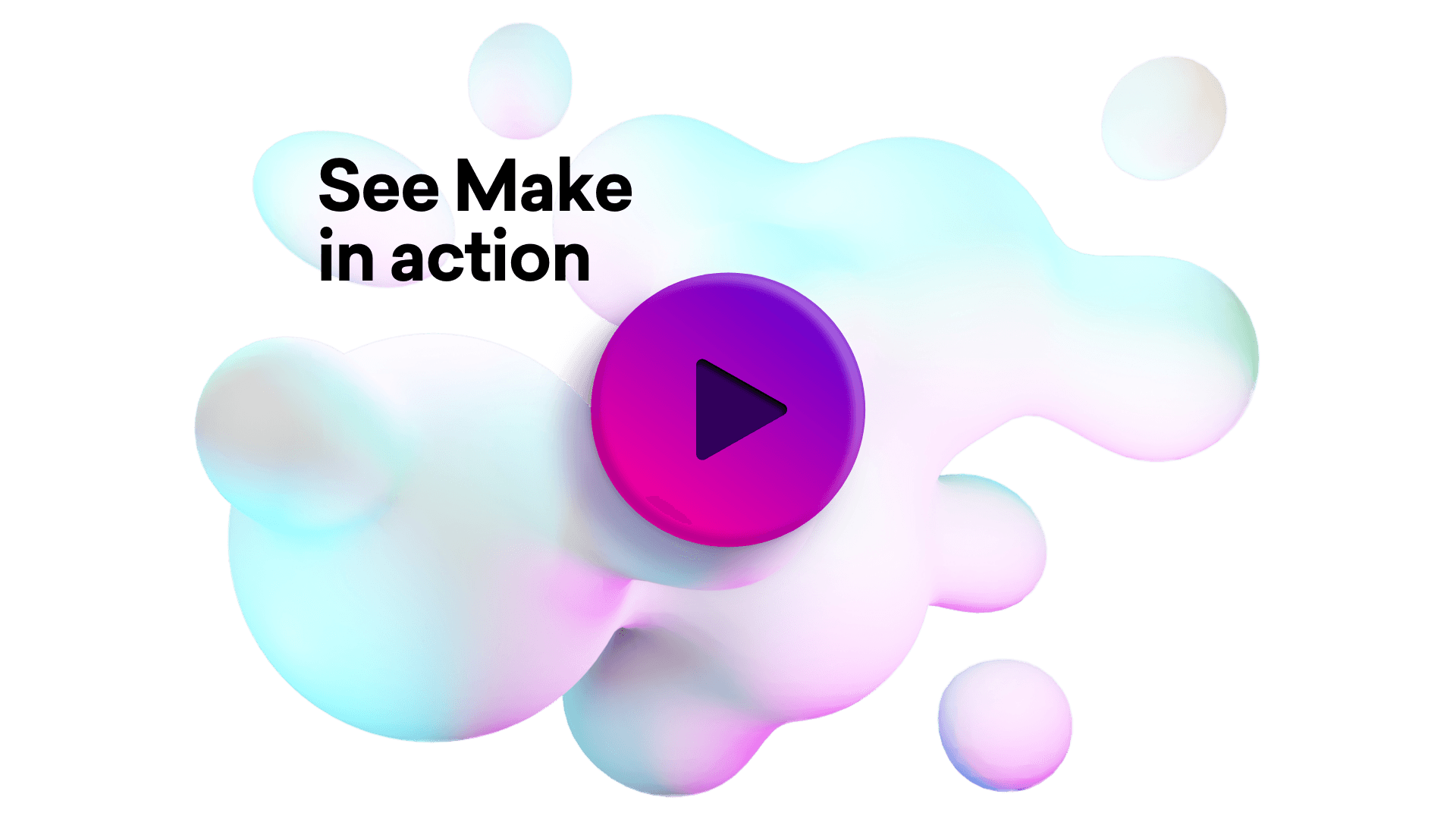Connect Cloudinary and Dropbox integrations
Connect Cloudinary and Dropbox with any of your favorite apps in just a few clicks. Design, build, and automate anything for your work by integrating apps like Cloudinary and Dropbox to create visual automated workflows. Choose from thousands of ready-made apps or use our no-code toolkit to connect to apps not yet in our library.
Trusted by thousands of fast-scaling organizations around the globe





Build your Cloudinary and Dropbox integrations.
Create custom Cloudinary and Dropbox workflows by choosing triggers, actions, and searches. A trigger is an event that launches the workflow, an action is the event.
Copies a file or folder to a different location in the user's Dropbox. If the source path is a folder all its contents will be copied.
Creates a file request.
Creates a new folder.
Creates a usage report.
Creates a new text file(.doc) or overwrite an existing text file(.doc) with the provided content as plain text.
Creates or Updates a public share link to the file or folder (It allows to share the file or folder with anyone).
Deletes selected file requests.
Permanently removes a file/folder from the server.
Deletes a specified resource.
Popular Cloudinary and Dropbox workflows.
Looking to get more out of Cloudinary and Dropbox? With Make you can visually integrate Cloudinary and Dropbox into any workflow to save time and resources — no coding required. Try any of these templates in just a few clicks.
Transform your media from Dropbox using Cloudinary
Every time you add a new media file in a specified folder in Dropbox, Make will automatically upload that file to Cloudinary, then it will be transformed using your settings and uploaded back to Dropbox.
TRY IT ->Automate video uploads to YouTube and generate content with ChatGPT
Automate video uploads to YouTube by generating engaging content with ChatGPT. Retrieve files from Dropbox and repeat tasks effortlessly.
TRY IT ->Extract data from documents in Dropbox and download CSV/XLSX
Automatically Extract Data from New Dropbox Files with Koncile OCR Monitor a Dropbox folder for new PDF or image files, and automatically send them to Koncile’s OCR engine for data extraction. Specify exactly which fields you want to extract in your Koncile template (e.g. invoice number, dates, amounts, clauses). New files are processed in real-time or at regular intervals. Get clean, structured data back — ready for reporting, automation, or export to other tools (CSV, Excel, API…).
TRY IT ->Create engaging Instagram posts from Google Sheets data using Perplexity AI, ChatGPT and Dropbox
Automatically transform Google Sheets data into engaging Instagram posts using OpenAI and Perplexity AI. The file first gets uploaded to Dropbox then to Instagram. Enhance your social media presence with AI-generated content and images.
TRY IT ->Filter and update rows in Google Sheets with Cloudinary resource uploads
Automatically filter Google Sheets rows, upload resources to Cloudinary, and update the sheet. Streamline data management and media handling with this integration.
TRY IT ->Update Airtable records with Cloudinary uploaded resources
This template updates Airtable records with resources uploaded to Cloudinary. Trigger updates in Airtable when new resources are uploaded to Cloudinary.
TRY IT ->Create and share Google My Business posts with Dropbox links and OpenAI assistance
Automatically create and share Google My Business posts with Dropbox links using ChatGPT insights. Streamline content creation and sharing with Google Sheets, OpenAI, Dropbox, and Google My Business integration.
TRY IT ->Upload images to Cloudinary and respond via webhook with Make
Automatically upload images to Cloudinary and send a response via webhook using Make. Triggered by Custom WebHook, upload with Cloudinary, respond with Webhook Respond.
TRY IT ->Convert new files in Dropbox to PDF using Plumsail Documents
Automatically convert new files in Dropbox to PDF using Plumsail Documents. The result files will be saved back to the cloud storage. Find the supported file formats [here](https://plumsail.com/docs/documents/v1.x/scenario/actions/make-convert-to-pdf.html).
TRY IT ->
FAQ
How it works
Traditional no-code iPaaS platforms are linear and non-intuitive. Make allows you to visually create, build, and automate without limits.






